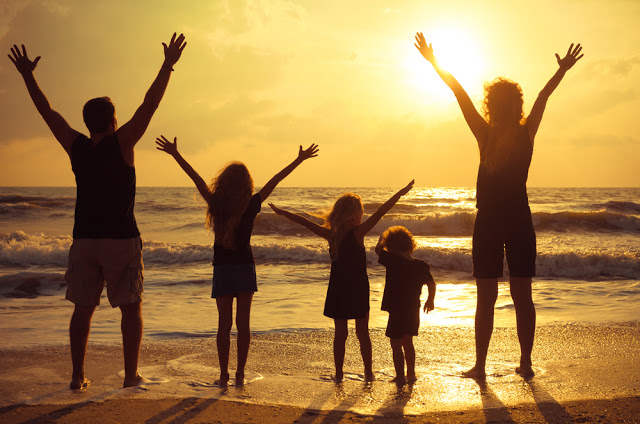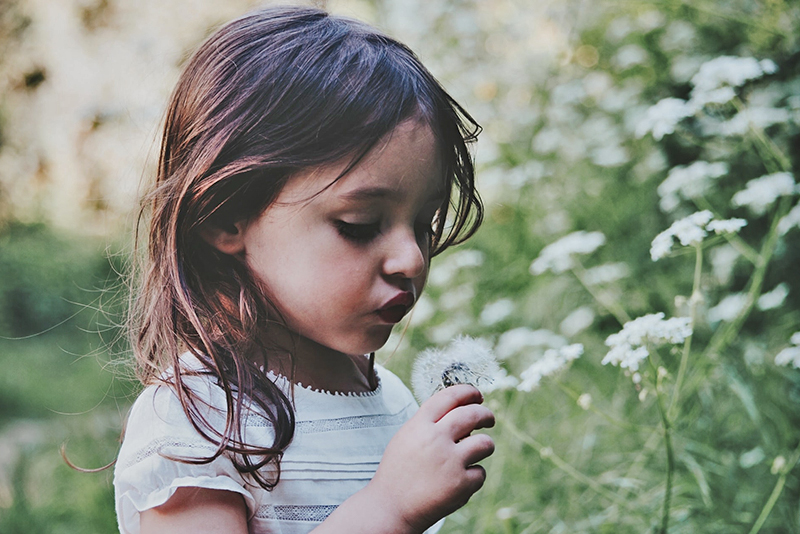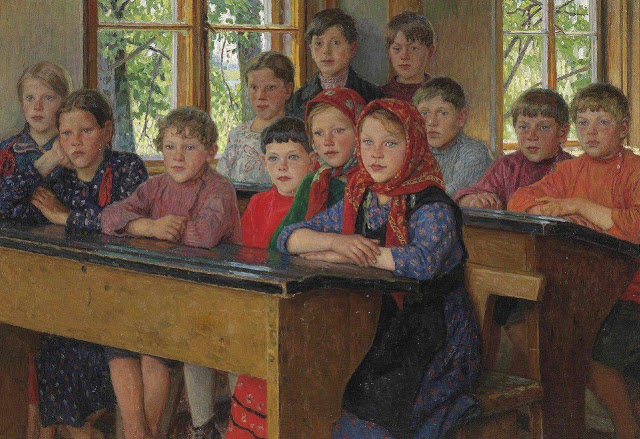
Parents are faith models for their children. The light of faith in a child’s heart is sparked by his or her environment, which should be full of faith and love, good thoughts, pious lifestyle, and supportive mutual relations among his or her family members. Schools have to help families in raising their children.
We send our children to school. What do we expect from the school? What do parents look for when they choose the school? Is it quality of education, comfortable surroundings, or sufficient equipment? Do they hope that seeds of Christianity will be sown in their child’s souls along with reading and writing skills? How to make a balanced choice of the right educational framework?
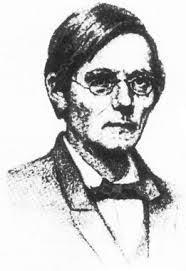 Competition is growing in the world in the recent decades. Sadly, schools are trying to build competitive and successful personalities but they often forget about the most important aspect, i.e., children’s souls.
Competition is growing in the world in the recent decades. Sadly, schools are trying to build competitive and successful personalities but they often forget about the most important aspect, i.e., children’s souls.History has preserved numerous vivid examples of good educational frameworks that haven’t lost their value even today. Some of these frameworks and approaches should be our beacons in the “sea of education”.
Sergey Alexandrovich Rachinsky, an outstanding scholar, teacher, educator, professor of Moscow University, botanist and mathematician, associate member of the Imperial Saint Petersburg Academy of Science, aptly called “the teacher of the century”, had his 185th anniversary in 2018. Emperors Alexander III and Nicholas II thanked him for his selfless work. Even his contemporaries called him the “school apostle”, “a teacher from God”. Pyotr Ilyitch Tchaikovsky inscribed his First String Quartet to Prof. Rachinsky. His students achieved success in diverse fields. There were teachers, priests, scientists, and artists among them, including Archpriest Alexander Vassilyev, who was the spiritual counselor of Emperor Nicholas II family.
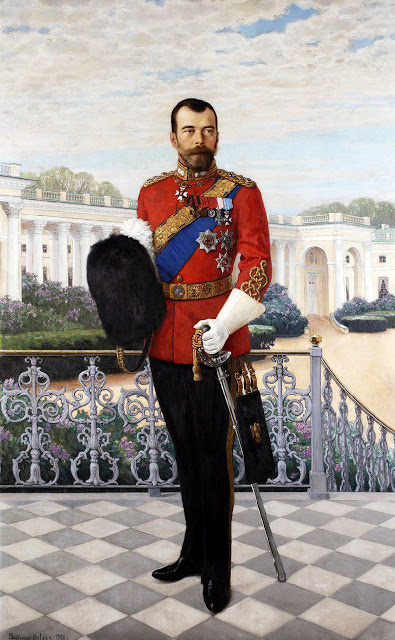 |
| N. Bogdanov-Belsky, “The Portrait of Nicholas II”, 1908 |
More than ten books were written about Rachinsky’s life and work during the pre-Revolution decade. His innovations were used in England and Japan.
Family upbringing and a traditional lifestyle based on Orthodoxy are key to understanding the educational concept of this scholar and practical teacher. Meanwhile, schools in Russia in Rachinsky’s time modeled themselves on foreign educational systems and were utterly secular.
The famous teacher believed that the upbringing of a true Christian is possible only through interaction of the school and the Church. The curriculum in his school incorporated religious practices, esthetical subjects, introduction to various sciences, and manual labor.
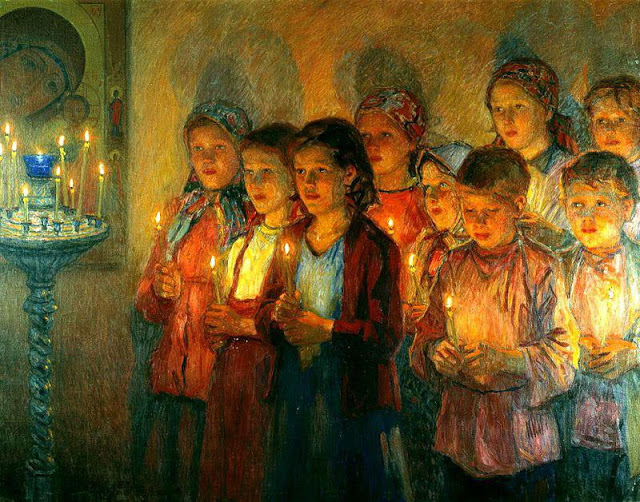 |
| N. Bogdanov-Belsky, “In Church”, 1939 |
Liturgy was the core of all learning in Rachinsky’s school. His school put an emphasis on teaching the God’s Law, which was underpinned by practical participation of students in worship as singers and readers. Church services in the church were awe-filled and solemn. Singing was excellent. After church services, Rachinsky’s students had tea and spent their free time relaxing and visiting their families.
Prof. Rachinsky taught Church Slavonic. He entrusted the teaching of the God’s Law only to a priest, insisting that the classes were to consist of an open and sincere discussion.
Prof. Rachinsky’s school had the same purpose as the Orthodox Church: it aimed at educating people, that is, restoring the Image of God in which they had been made. The God’s Law and church singing, exegesis of the Holy Scripture and the Psalms, pilgrimages on foot to holy places were a natural and meaningful continuation of the children’s life and not something imposed on them.
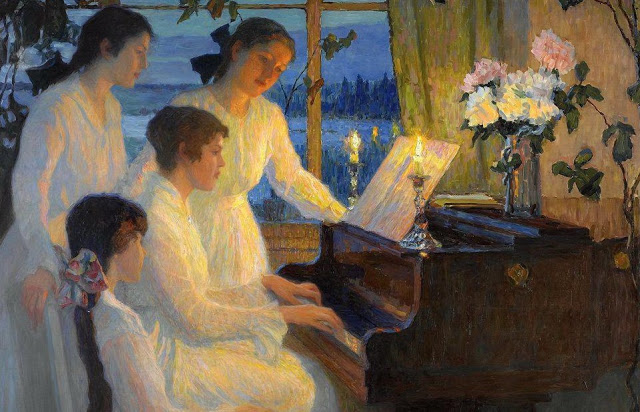 |
| N. Bogdanov-Belsky, “Symphony”, 1920 |
Esthetic studies went hand in hand with religious and moral cultivation of the children’s feelings and self-discipline. Apart from well-organized church choir, the children learned to play the violin, the piano, and reed organ. They played the music on holidays and in the evenings.
There was a professional arts workshop in Rachinsky’s school. He taught graphics, painting, and drawing. It was there that would-be talented artists, such as Nikolay Petrovich Bogdanov-Belsky (1868-1945) – an artist and an icon painter whose works are used in this article, Tit Nikonov, renowned for his portraits, and Ivan Peterson, known for his portraits and icons, got the initial inspiration for their future lifelong occupation.
Rachinsky’s school taught children to work hard. The students did all chores themselves: they would bring buckets of water, kindle fire in the stoves, wash the school floor, put everything in order, guard the school, and help in the kitchen. Teachers set examples for their students and passed on labor skills. The school was neat and clean thanks to the students working under Rachinsky’s supervision.
Festivals and celebrations were the most memorable parts of the everyday life in the school. Sergey Rachinsky thought that school had to be remembered for its festivities and not its routines. He penned scripts for a number of drama plays. The students’ favorite holiday events were Christmas celebrations around the Christmas Tree and the Feast of Slavic ABC dedicated to Ss. Cyril and Methodius, the great enlighteners of the Slavs. This holiday coincided with the end of the school year. There was a solemn service in the church, and then the procession with crosses and icons went to the school, where there was a festive meal for the students, teachers, and guests. All children received gifts.
 |
| N. Bogdanov-Belsky, “The Teacher’s Guests”, 1928 |
Sergey Rachinsky accumulated vast pedagogical expertise, which can be successfully used nowadays. This is especially true of spiritual and moral aspects of children’s upbringing and education thanks to the connection between the church and the school. The teacher wrote, “Truly educated people are produced only by those schools that are managed and run by churches.”
Classmates, teachers, and the school environment as a whole undoubtedly and objectively impact a child’s development. People are shaped by their environment. It is no accident that the Scripture states, [W]ith the pure thou wilt shew thyself pure; and with the froward thou wilt shew thyself froward (Ps. 18: 26).
Both in his time and now schools pay too much attention to “pure knowledge”, in spite of the fact that even the most advanced and strong knowledge will not benefit an individual without the proper disposition of his soul.
A child’s soul is like a clean slate: it will display everything that an artist draws on it, be it good or bad.
Let us ponder on what the school we send our children to should be like. What are the artists in whose hands we entrust our kids? What marks will they leave in our children’s souls?
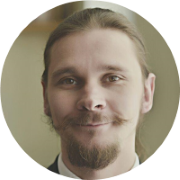 By Michael Mironenko,
By Michael Mironenko,a Bachelor of Theology,
the director of the Sunday School at the Church
in honor of St. Prince Vladimir in Minsk,
in honor of St. Prince Vladimir in Minsk,
a father of two children
The Catalof of Good Deeds, 2018

